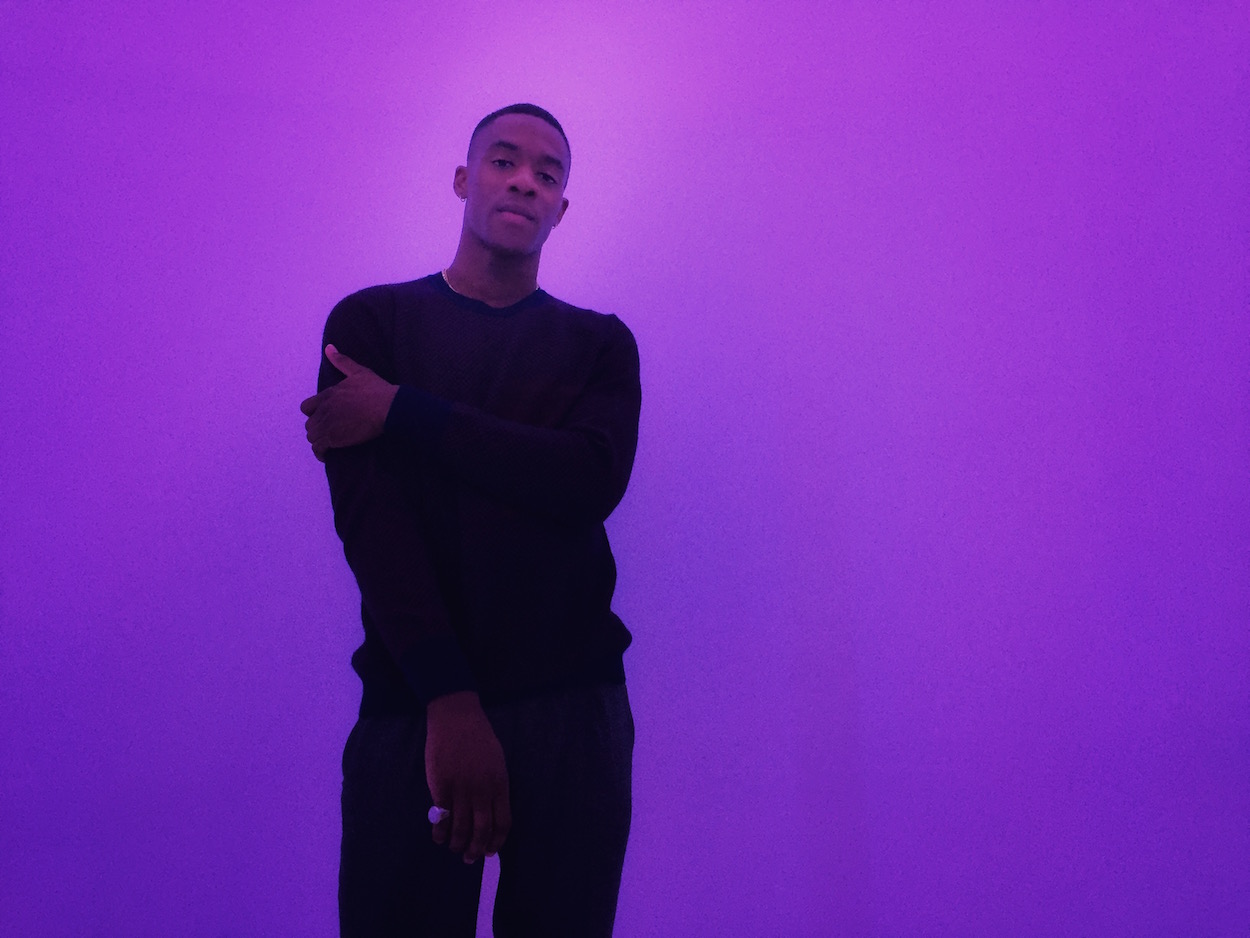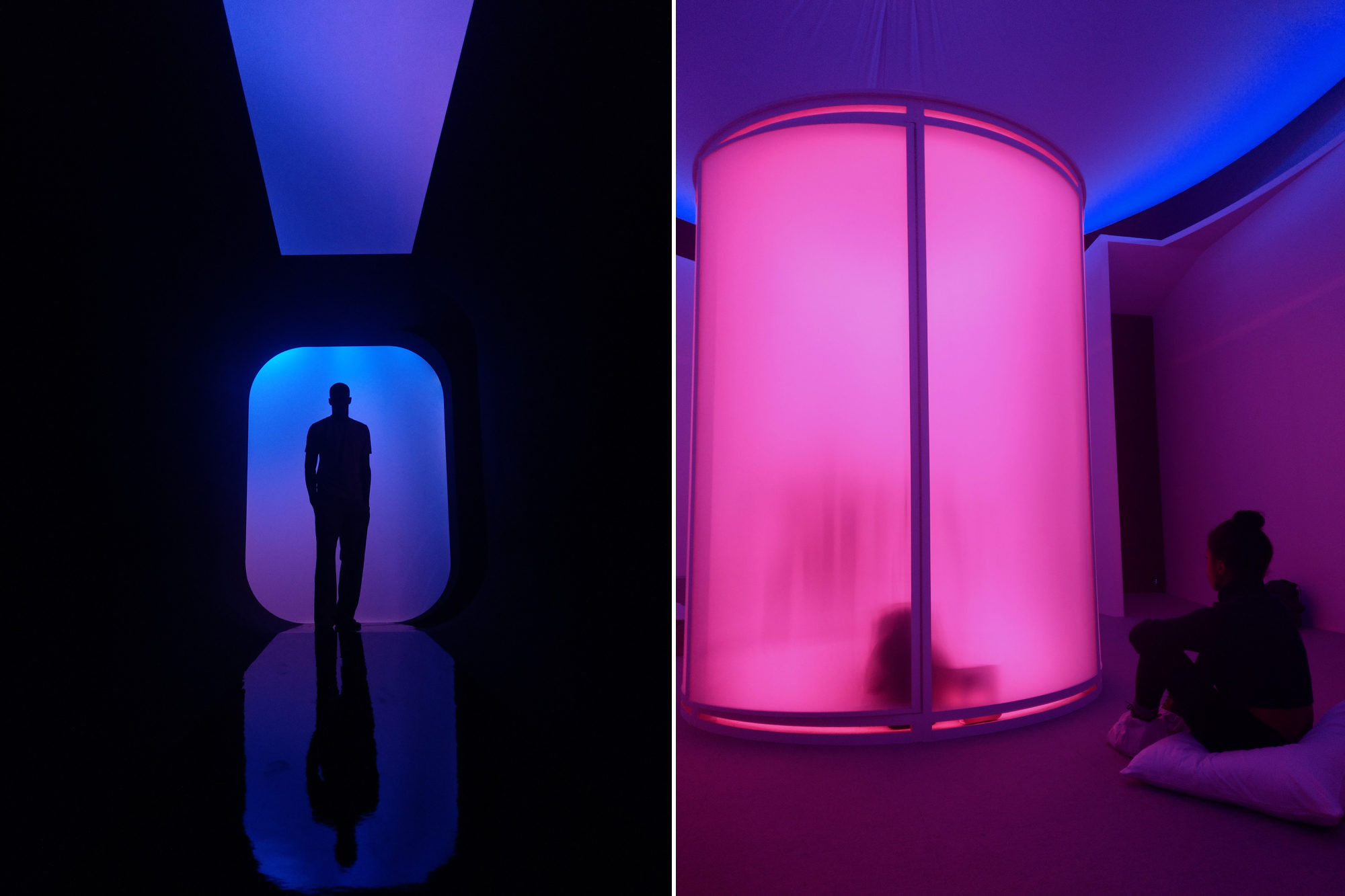Sunni Colón may have a handful of successful funk-inflected singles (including “Temple,” featured on the soundtrack of the movie Dear White People) and one EP (Thierry Disko, 2016) under his belt, but to the L.A.-born singer-songwriter, music is more than a sonic phenomenon. “How I write music is visual,” he says. “I often can see a color that reminds me of a chord.”
This week, Colón shares that sensation with the public with Manifest 1.0, the first installment of a new collaborative series that challenges the perceptual boundaries of music, spearheaded by Jordan Caldwell and the multimedia collective the Family. Running from Oct. 19–27, the multisensory exhibition takes over the Brooklyn venue Founders Lab NYC with live performances by Colón, interactive art displays by Yo-Yo Lin, a scent designed by Melisa Dougherty, meditation sessions, and a film, Colón’s directorial debut, Peach On The Water. “Music is the whole inspiration and the thread,” explains the self-taught musician, who studied engineering. “It’s about communicating in a space that allows music to reach a different level by adding sensory levels like visuals, smells, and even tastes.”
Manifest 1.0 is the debut project from Tetsu, a design and multimedia agency Colón announced earlier this fall that seeks to “bring humans, technology, and design together, and allow them to live in the same medium and platform,” he says. Blending the audio and visual to form new experiences, the exhibition is the perfect showpiece for the company’s mission.

